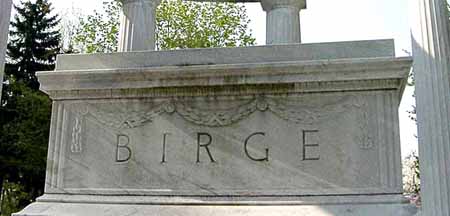Illustrated Architecture Dictionary
Sarcophagus
sar KOFF a gus
![]()
Illustrated Architecture Dictionary
Sarcophagus
sar KOFF a gus

An elaborate coffin for an important personage, of terra-cotta, wood, stone, metal, or other material, covered with painting, carving, etc., and large enough to contain only the body. If larger, it becomes a tomb.
See also: Strigil sarcophagus motif
The most common shape for Roman sarcophagi is a low rectangular box and a flat lid. The kline lid, with full-length sculptural portraits of the deceased reclining as if at a banquet, was inspired by earlier Etruscan funerary monuments.
The lenos, a tub-shaped sarcophagus resembling a trough for pressing grapes, was another late second-century development, and often features two projecting lion's head spouts on the front.
A large number are carved with garlands of fruit and leaves, evoking the actual garlands frequently used to decorate tombs and altars. Narrative scenes from Greek mythology were also popular, reflecting the upper-class Roman taste for Greek culture and literature.
Other common decorative themes include battle and hunting scenes, weddings and other biographical episodes from the life of the deceased, portrait busts and abstract designs such as strigils.
Examples from Buffalo:
- Illustration above: Birge Monument, Forest Lawn Cemetery
Other examples:
